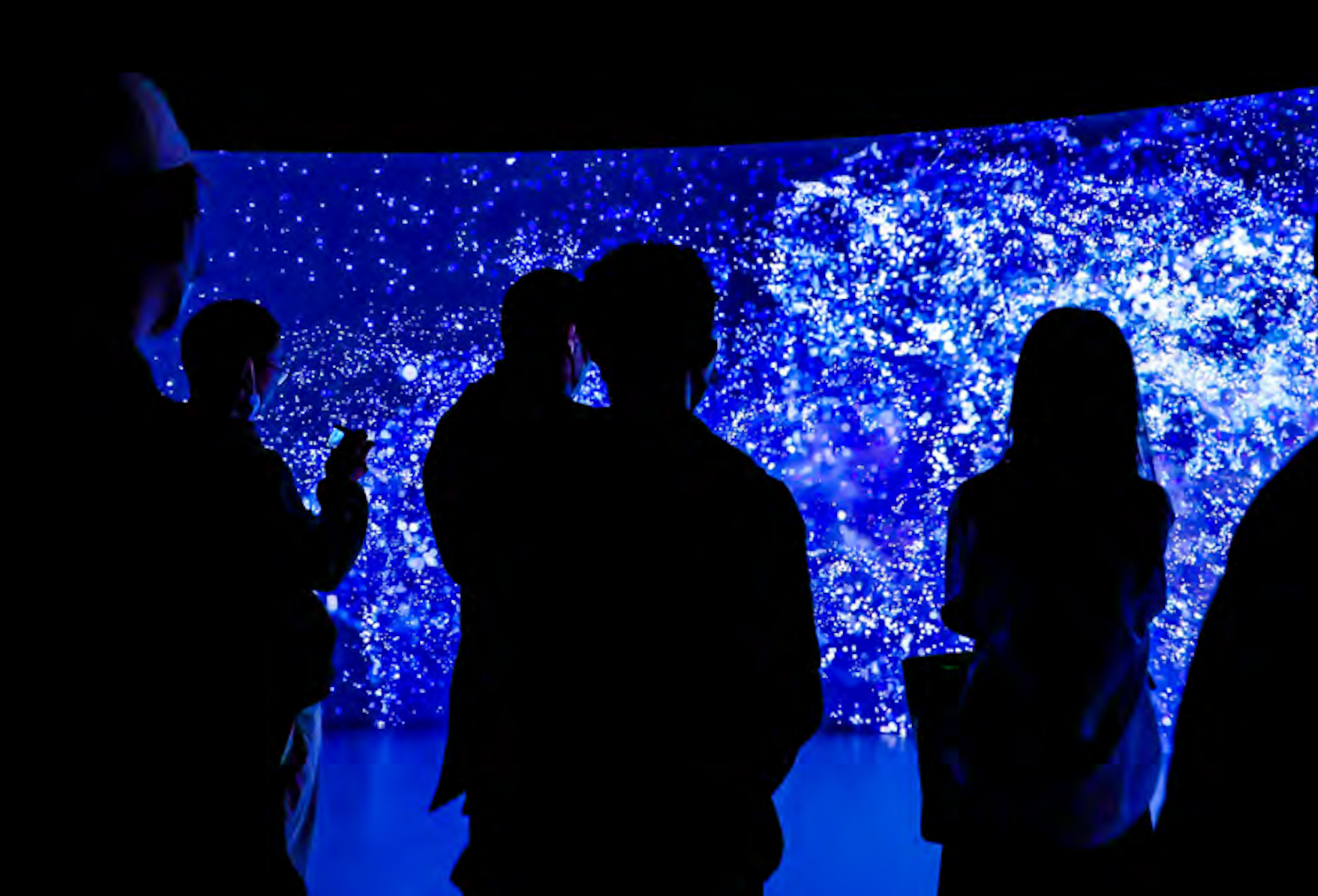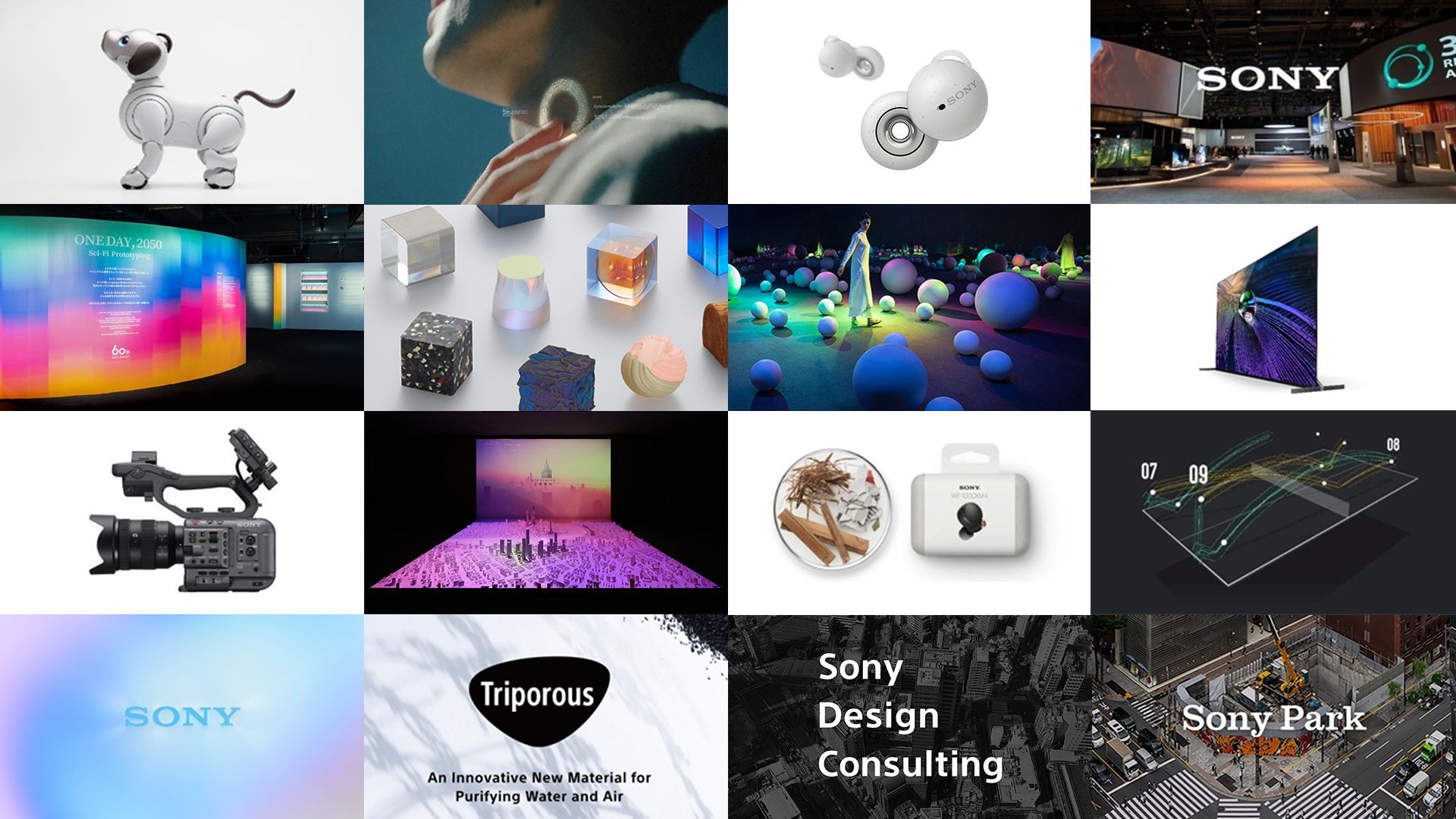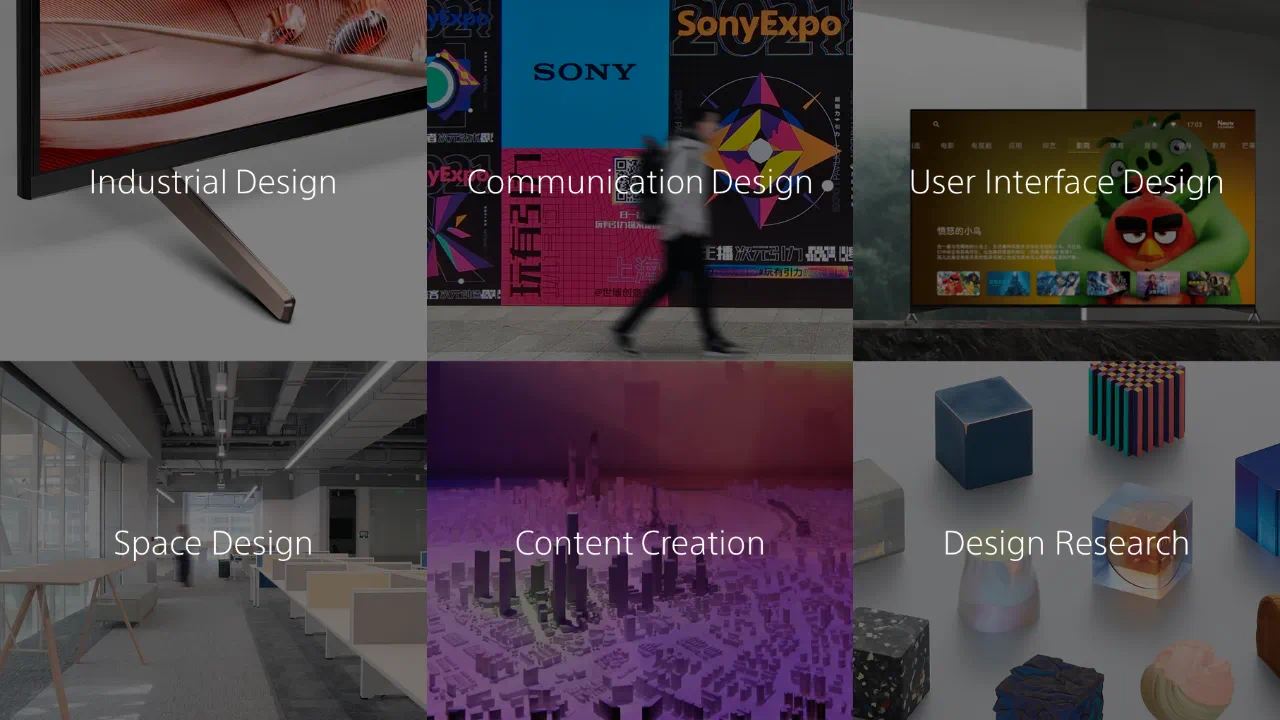Sony Design participated in "Design Shenzhen" with the theme "NATURE RESONANCE." Vibration, one of nature's most fundamental phenomena, serves as a basic mode of information transmission and interaction between all things.
The exhibition used a series of visual, auditory, and haptic sensory effects to immerse visitors in the origins, evolution, and cycles of natural life. The show featured two spaces: the first showcased Sony's environmentally conscious materials and technological achievements, while the second offered a multisensory, immersive narrative space that allowed visitors to experience the cycle of natural life and our resonance with nature. This unique perspective highlighted Sony's commitment to environmental sustainability and innovation.



